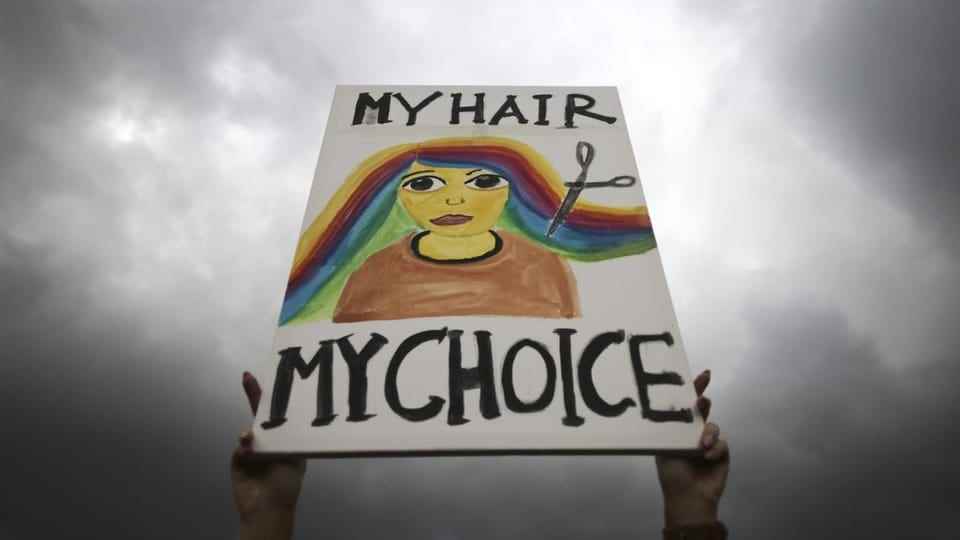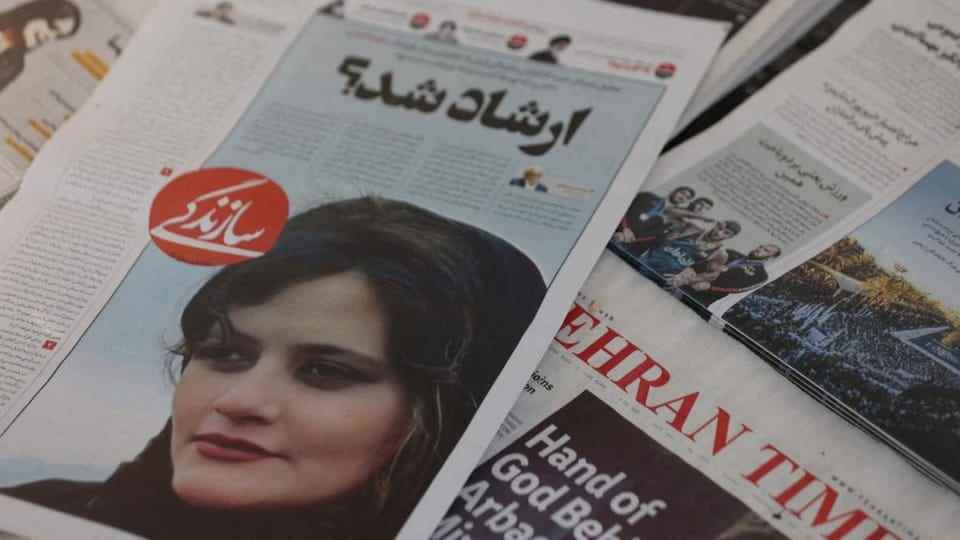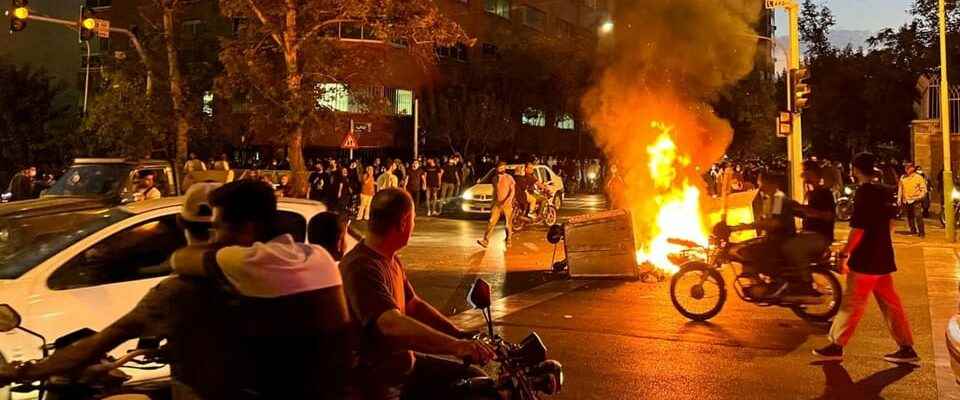contents
It has been almost a month since Mahsa Amini died. Is Iran in a Revolution? Two experts classify.
It is the crux of the revolution: Actually, one is only sure in retrospect that it took place. This was the case in France at the end of the 18th century and in Russia at the beginning of the 20th century. Predicting a revolution: actually an impossibility.
Legend:
About four weeks ago, riots broke out in Iran, here is a picture from the capital Tehran. They continue to this day.
Reuters
Elham Manea says the same thing when she looks at current events in Iran. The politics professor, who teaches at the University of Zurich, says: “I can’t look into the crystal ball. But one thing is clear to me: the current events are special.” It is quite possible that one is in a “pre-revolutionary phase”.
An uprising from below
Hans-Lukas Kieser is also a connoisseur of the region. The Middle East historian, who researches and teaches at the University of Zurich and the University of Newcastle in Australia, says: “We can currently observe various aspects that make up a revolution in Iran.”
For example, there is a cultural gap between the regime and the population, a bad economic situation and widespread dissatisfaction. Above all, however, Kieser says: The uprisings came from below – and that is striking – something that also distinguished the French Revolution, for example: “That is a great strength of the movement,” says Kieser.

Legend:
Support for the Iranian uprising is palpable around the world. Here a banner at a demonstration in Berlin.
KEYSTONE/MARKUS SCHREIBER
Manea also emphasizes this point, because it would distinguish the current events from uprisings like the “green movement” of 2009 or the protests of 2019. “For the first time since the establishment of the current regime, we are seeing how different social groups are pulling together.” No matter whether middle class, workers, students or professors: never before has there been such unity against the regime in society.
Parallels to the Arab Spring
And above all: the women. With Mahsa Amini, the death of a Kurdish woman was what triggered the events. Because that too is needed for a revolution, a moment that will go down in history as a symbol of the break with the regime.

Legend:
The death of the Kurdish woman Mahsa Amini has become a symbol of the uprisings.
Reuters
This was also the case in 2010, when the Tunisian greengrocer Mohamed Bouazizi set himself on fire, ushering in the Arab Spring.
Manea sees parallels here. «The brutal death of Mahsa Amini captured a feeling. Women no longer want to be subjected to discrimination. And men don’t want this for their wives, mothers and sisters either.” The attack on the headscarf is therefore tantamount to an attack on the regime.
«The ideology of the regime has died»
However, both are still careful not to describe the current events as a revolution. Kieser names two reservations: “On the one hand, the movement should now find a way to organize itself. On the other hand, the role of the military is crucial.” If this strengthens the back of the movement or at least behaves neutrally, a revolution could come about. Manea also emphasizes these aspects.
A revolution can build up over several years.
And what if the regime crushed the uprisings like in 2009, 2018 or 2019? Kieser says: “A revolution can build up over several years.” So one should not fall victim to the fallacy of equating a possible end to these uprisings with the end of a revolution. For Kieser it is clear: “The ideology represented by the Iranian regime is dead.” And Manea also says: “The model of rule is faltering.”
